Few inter-country relationships are as socially and culturally close as the India-Nepal one. But also, few such ties have been as blow-hot-blow-cold as this one. The situation is akin, if one may say, to that of a married couple who, having pledged themselves to a lifelong relationship, still quibble and quarrel, even turning hostile on occasions—but always returning to a condition of calm and friendship. The bonds that keep the India-Nepal ties together, have in the long run proved strong enough to weather the storms. Yet, as experts will remind, nothing can be taken for granted in diplomacy.
There should, thus, be no room for complacency; a complacency soaked in the belief that eventually everything works out well. After all, diplomacy is tricky business, even among friends, because changed situations can lead to different equations. And such equations do have the power to make far-reaching and undesirable impacts.
Few men are better equipped to understand this reality than K.V. Rajan, India’s longest-serving ambassador to Nepal till date (1995-2000) and Atul K. Thakur, public policy analyst and long-time observer of Nepal. Their book, Kathmandu Chronicle: Reclaiming India-Nepal Relations—a title that adequately explains the material of their work—offers both hope and caution. The hope derives from the shared interests and shared cultural values of the two countries, and the caution comes from past experiences and potential, future pitfalls.
Nepal has gone through a number of momentous changes, and some of these were calamitous, having a bearing on its relations with India. The mass assassination of a royal family, the violence-ridden Maoist insurgency, the hijacking of an Indian aircraft, the suppression of the movement for democracy by a king, and the tentative though firm steps that Nepal eventually took to putting in place a democratic system (first with the monarchy as a titular head and later doing away with the monarchy altogether)—all of these directly or indirectly impacted Nepal-India ties. While at times India was seen to gently nudge the stakeholders towards peace and political stability, at times it was accused of brazenly interfering in Nepal’s internal affairs. In short, New Delhi has had to over the decades do a balancing act in an attempt to keep its geo-political interests secure and also keep Nepal in good humour.
Kathmandu Chronicle not only provides the reader a ringside view of all these developments but also offers insights that have largely remained unknown until now. Here, ambassador Rajan and Atul Thakur have been commendably careful not to load the book with ponderous narratives, but give a lucid account that the lay reader can easily digest and yet not be deprived of the behind-the curtain manoeuvrings that go into the making of diplomatic partnerships.
The book begins with ambassador Rajan’s sweeping yet detailed overview of the key happenings in Nepal and the conduct of prominent players, both in Nepal and neighbouring India. His is not an arm-chair analysis; he has been on the ground, seen-it-all and done-it-all. The story of hyphenated India-Nepal, as he observes, is a ‘story of repetitive patterns, avoidable misunderstandings, missed opportunities, mixed signals, poignant realities, deep mistrust and unlimited hope.’ The first section, titled ‘Diplomatic Gleanings’, is full of personal anecdotes that bring alive the various players—their likes and dislikes, their whims and fancies. Ambassador Rajan, in this way, manages to bring to the readers fascinating insights about King Birendra, Prince (and later King) Gyanendra, Maoists leaders and various others.
He also tells us how Indian the governments of P.V. Narasimha Rao and A.B. Vajpayee dealt with the India-Nepal relationship, with both trying in their own different ways to strengthen and deepen the ties even as they faced multiple challenges. Rao, for instance, had to reckon with King Birendra, who was then not exactly friendly with New Delhi. Rao’s mantra was to win the trust of the palace while at the time maintain close ties with the rest of the political ecosystem. A timely reminder was provided by Pranab Mukherjee, the then Minister for External Affairs, who said that the problem was not so much Nepal ‘but the pettiness of the Indian bureaucratic mindset’ which was far too suspicious in making concessions—even when these concessions would have only a negligible impact on India but gain Nepal’s trust profoundly. New Delhi continued with these efforts during the tenure of Prime Minister Vajpayee as well.
Ambassador Rajan talks of how, on arrival to Kathmandu, he found distrust and skepticism hanging heavy in the air, and what he did to dispel them. Over time he managed to win over the key players that helped bring the relationship on an even keel. Of course, this was no mean task, as the leaders there were often pitted against one another and busy pushing their rivals down. The Nepali Congress, the Maoists and the palace were at loggerhead with one other. India had to appear neutral and friendly to them, at the same time!
Nepal’s struggle for democracy forms the second section of the book, jointly written by the two authors. The story of this struggle includes India’s interventions. The authors say that both the countries have yet to settle into a complete relationship of mutual trust and understanding, and that this shortfall is due to two facts: one, ‘India is unable to fully understand Nepal’s yearning for equality and sovereign space’; and two, ‘Nepal, in turn, is unable to understand India’s geopolitical compulsions.’ In effect, ambassador Rajan and Atul Thakur aver that India had failed to fully appreciate and comprehend Nepal’s psyche, while Nepal, fed on the British stories that India could ‘never be trusted’, remained doubtful of New Delhi’s intentions.
The authors provide a detailed account of Nepal’s transition from a Hindu state ruled by monarchy to a democratic republic, and the mainstreaming of the Maoists in the process. Incidentally, India played a critical role in this transition. But the good things that New Delhi did, have been often overshadowed by what some observers claim are the needless interventions that Nepal resented. That said, there is no doubt that certain Nepalese politicians, such as former prime minister K.P.S. Oli, fanned anti-India sentiments; Oli once went to the extent of saying that the ‘Indian virus’ was more virulent than the Chinese one. Without doubt, such remarks greatly damaged India-Nepal ties.
Looking back and taking everything into account, it is still necessary for both Nepal and India to not just maintain but also consolidate the relationship. As the authors point out in another section, there have been recent indicators that the ties are now northbound. India’s role in the setting up of various infrastructural projects in Nepal, the establishment of a massive hydropower project with Indian help in Nepal, and a realisation that both countries have the right to protect their own geopolitical interests without necessarily being inimical to each other, are pointers in that direction.
The authors have correctly said that there is today a new pragmatism in India’s approach towards Nepal. ‘A generous and non-reciprocal approach, addressing complementary strengths with the seriousness they deserve, thinking regional—this is a powerful combination and a promising recipe for rapid economic growth.’
It can also be a good antidote to the Chinese machinations as well as to the dubious designs of Pakistan’s Inter-Services Intelligence (ISI), both of which keep putting spokes in the wheels of India-Nepal ties.
All said, Kathmandu Chronicle, is essential reading for those who wish to have a better understanding of relations between Nepal and India.



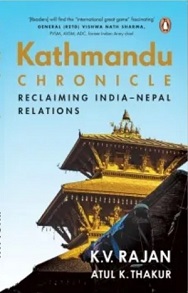

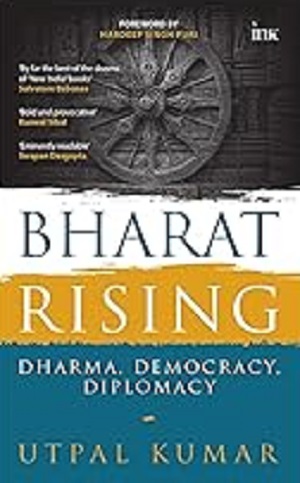
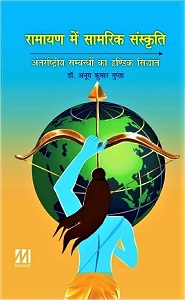
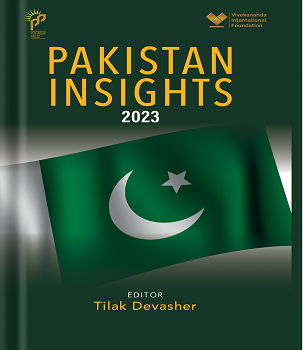
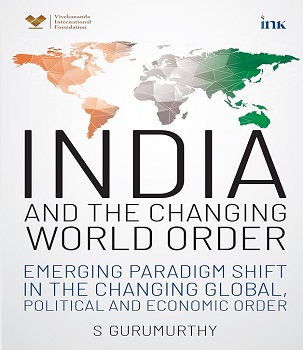
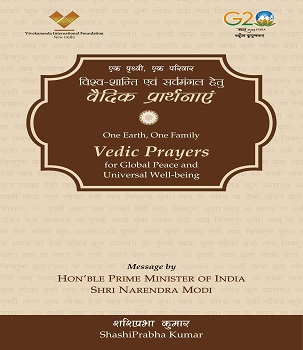
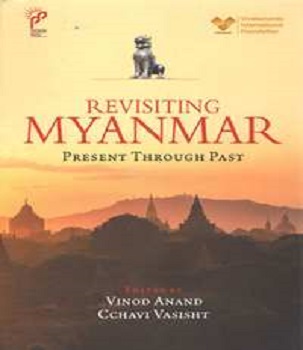
Post new comment